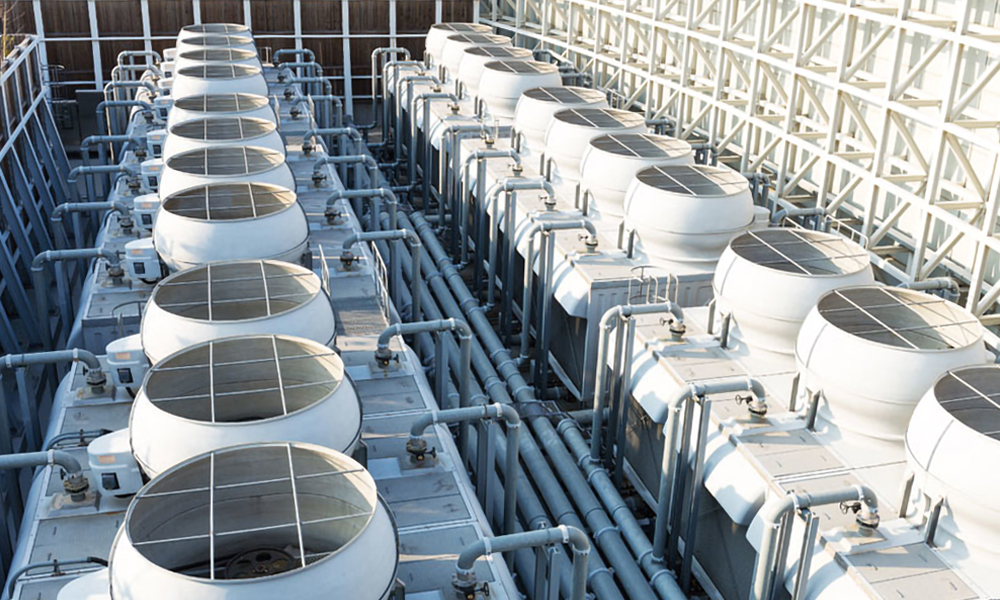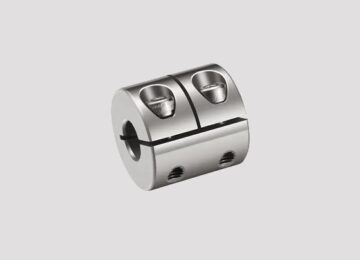In the realm of industrial equipment, Kaltra Microchannel Heat Exchangers have emerged as pioneers in the field of thermal management, setting new standards for efficiency and performance. These cutting-edge heat exchangers, developed by Kaltra, showcase a blend of advanced engineering, materials excellence, and a compact design that distinguishes them in the industrial landscape. In this article, we will delve into the key features, applications, and advantages that make Kaltra Microchannel Heat Exchangers an integral component in modern industrial processes.
Kaltra Microchannel Heat Exchangers: Engineered for Efficiency
Precision Design: At the core of Kaltra Microchannel Heat Exchangers is precision design. Leveraging advanced computer-aided design (CAD) technologies, Kaltra engineers optimize the arrangement of microscale channels to maximize heat transfer efficiency. This meticulous approach ensures a compact design without compromising performance.
Materials Excellence: Kaltra employs high-grade materials, including advanced aluminum and copper alloys, to enhance the thermal conductivity of its Microchannel Heat Exchangers. This choice not only improves heat transfer capabilities but also contributes to the overall durability and reliability of the exchangers.
Compact and Lightweight: The microscale channels within Kaltra Microchannel Heat Exchangers enable a higher surface area-to-volume ratio, resulting in a compact and lightweight design. This feature is particularly advantageous in industries where space optimization is critical.
Turbulent Flow Promotion: Kaltra’s engineering prowess is evident in the promotion of turbulent flow within the microchannels. This design feature enhances convective heat transfer, leading to superior overall heat transfer efficiency.
Applications Across Industries
Automotive Cooling Systems: Kaltra Microchannel Heat Exchangers play a vital role in automotive applications, efficiently dissipating heat generated by engines and electric vehicle batteries. This contributes to improved overall vehicle performance and longevity.
Electronics Cooling: In the electronics industry, precise temperature control is crucial. Kaltra’s Microchannel Heat Exchangers prevent overheating, ensuring the reliability and durability of electronic components in various applications.
HVAC Systems: Kaltra Microchannel Heat Exchangers are integral to heating, ventilation, and air conditioning (HVAC) systems. Their compact design and enhanced heat transfer capabilities contribute to energy efficiency and improved overall system performance.
Renewable Energy Applications: Kaltra’s Microchannel Heat Exchangers find applications in various renewable energy systems, including solar thermal and geothermal applications. Their efficiency in transferring heat is pivotal for harnessing and utilizing sustainable energy sources.
Advantages of Kaltra Microchannel Heat Exchangers
Optimal Heat Transfer Efficiency: Kaltra Microchannel Heat Exchangers are designed for optimal heat transfer efficiency. The advanced engineering ensures precise temperature control and rapid heat exchange, crucial in industries where efficiency is paramount.
Space Optimization: The compact design allows for efficient space utilization. In industrial settings where available space is limited, Kaltra’s Microchannel Heat Exchangers offer versatility in integration.
Durability and Reliability: Leveraging high-quality materials and robust engineering principles, Kaltra’s Microchannel Heat Exchangers demonstrate exceptional durability and reliability. This is vital for industries requiring consistent and dependable thermal management solutions.
Energy Efficiency: Kaltra’s Microchannel Heat Exchangers contribute to energy efficiency, particularly in HVAC systems. The enhanced heat transfer capabilities result in reduced energy consumption, aligning with global efforts towards sustainable industrial practices.
Considerations for Implementing Kaltra Microchannel Heat Exchangers
Application-Specific Requirements: Understanding the specific thermal management requirements of the application is crucial when implementing Kaltra Microchannel Heat Exchangers. Factors such as temperature ranges, flow rates, and space constraints should be considered.
Materials Compatibility: Ensuring compatibility with the fluids and materials involved in the industrial process is essential. This consideration contributes to the longevity and effectiveness of Kaltra’s Microchannel Heat Exchangers in specific applications.
Customization Options: Kaltra often offers customization options, allowing industries to tailor Microchannel Heat Exchangers to their specific requirements. This ensures optimal performance in diverse industrial applications.
Conclusion
In conclusion, Kaltra Microchannel Heat Exchangers stand as a testament to innovation in industrial thermal management. Their advanced design, materials excellence, and adaptability make them indispensable components across various industries. As industries continue to prioritize efficiency, reliability, and sustainability, Kaltra’s Microchannel Heat Exchangers are poised to play a pivotal role in shaping the future of industrial processes, setting new benchmarks for thermal efficiency and performance.












